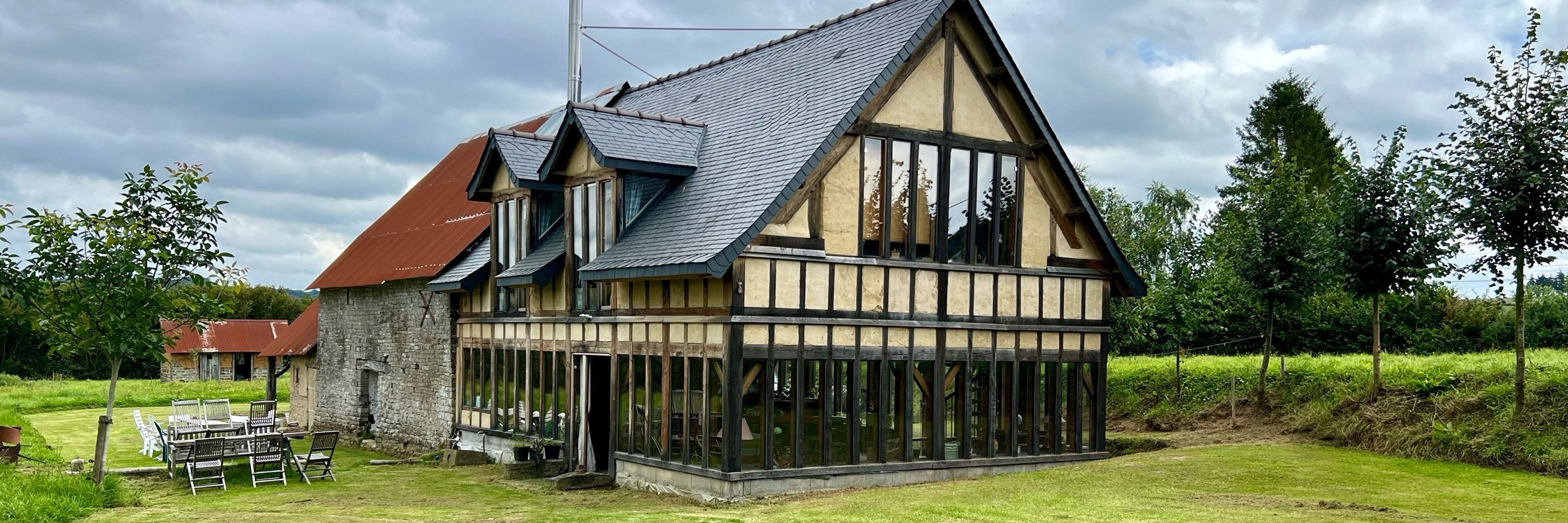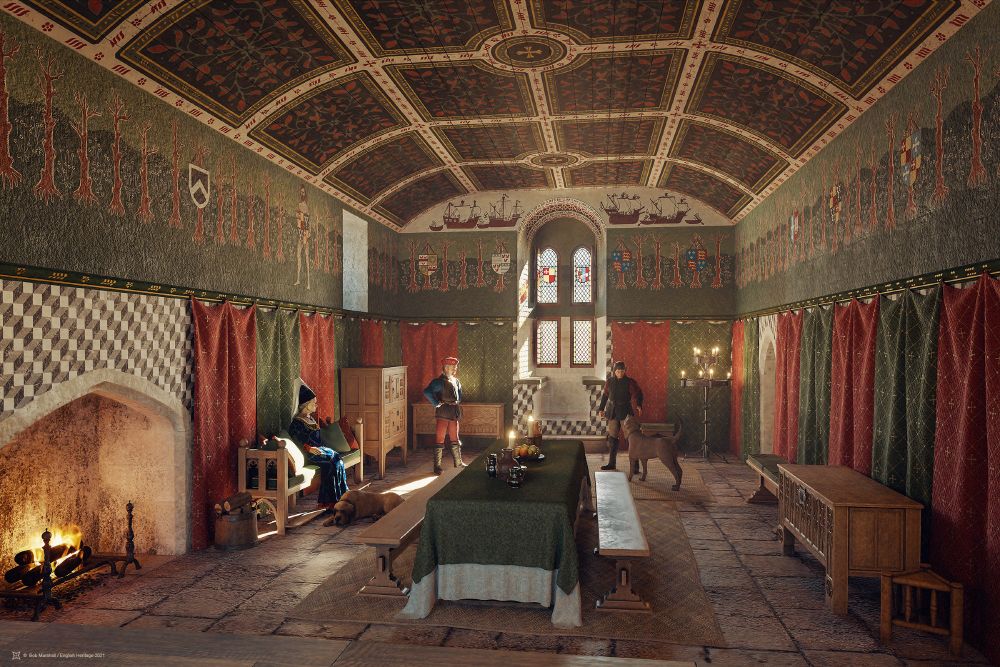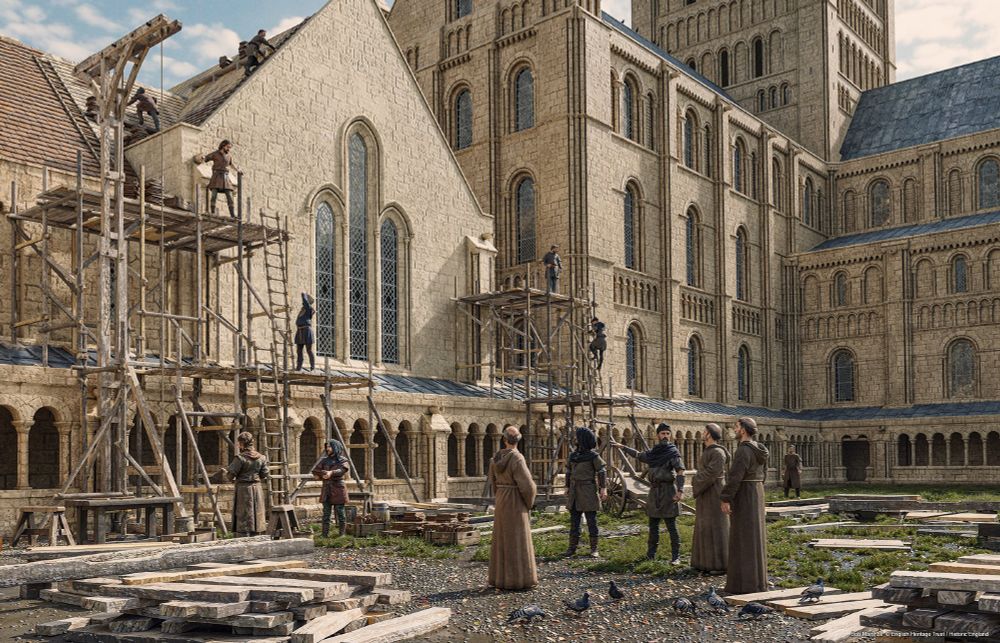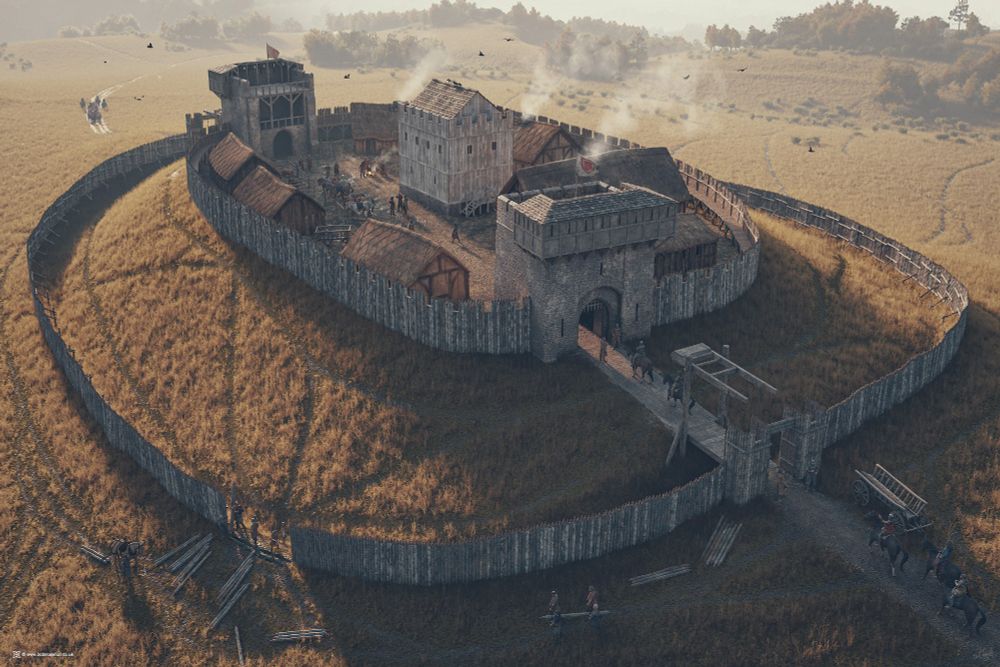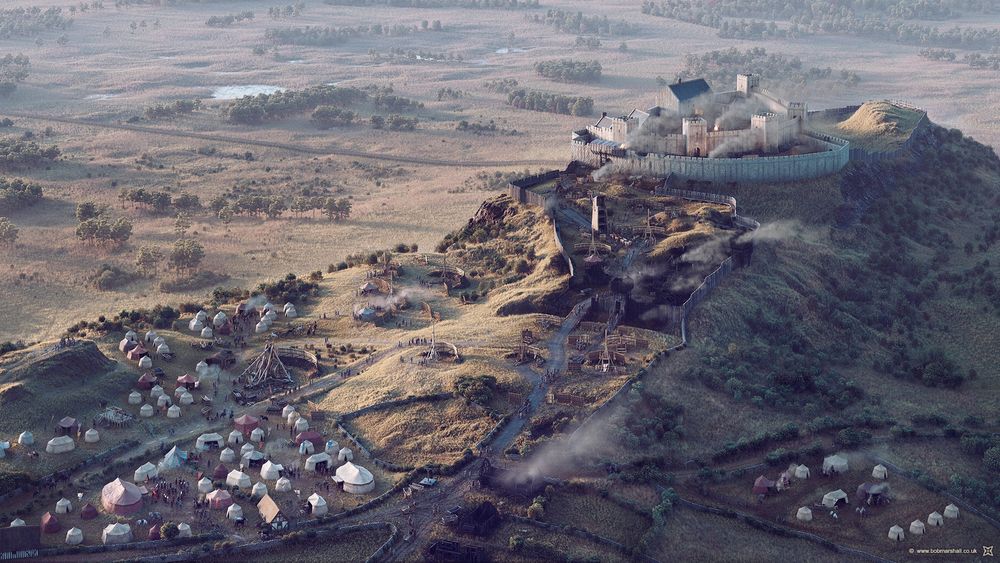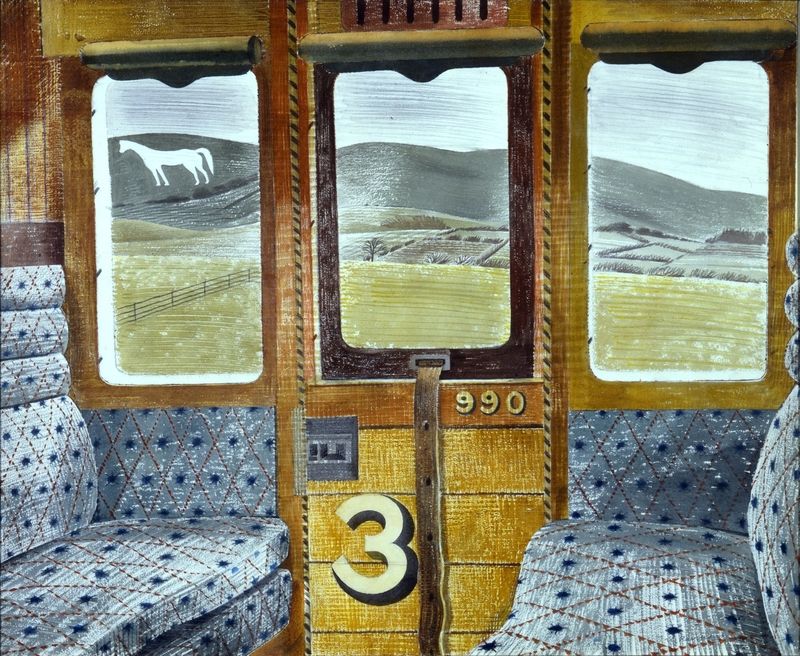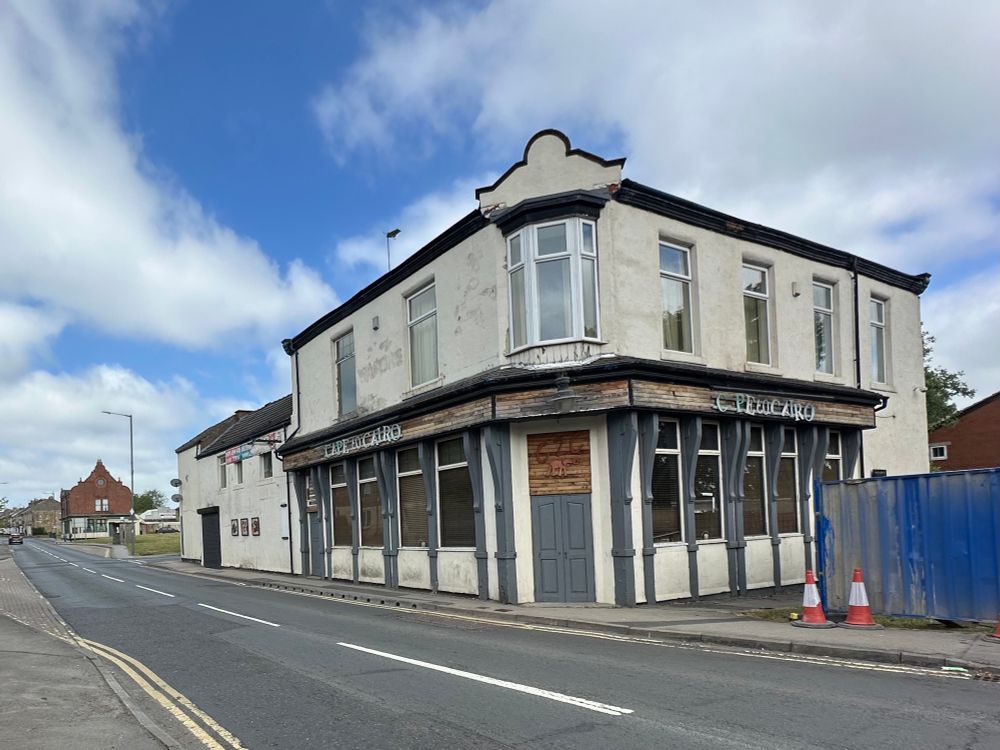Christopher LONG
@calong.bsky.social
520 followers
250 following
520 posts
Journalist, Editor & Foreign Correspondent | Lives in Normandy | Vernacular, church and hall-house architecture | Volunteer archaeologist | Timber & clay hall builder | Historian of C19th Chiot & Phanariot diaspora | Farmer. <ChristopherLong.co.uk> 🦋2023
Posts
Media
Videos
Starter Packs
Reposted by Christopher LONG
Reposted by Christopher LONG
Reposted by Christopher LONG
Reposted by Christopher LONG
Reposted by Christopher LONG
Reposted by Christopher LONG
Reposted by Christopher LONG
Reposted by Christopher LONG
Reposted by Christopher LONG
Reposted by Christopher LONG
Reposted by Christopher LONG
Reposted by Christopher LONG
Reposted by Christopher LONG
Reposted by Christopher LONG
Reposted by Christopher LONG
Reposted by Christopher LONG
